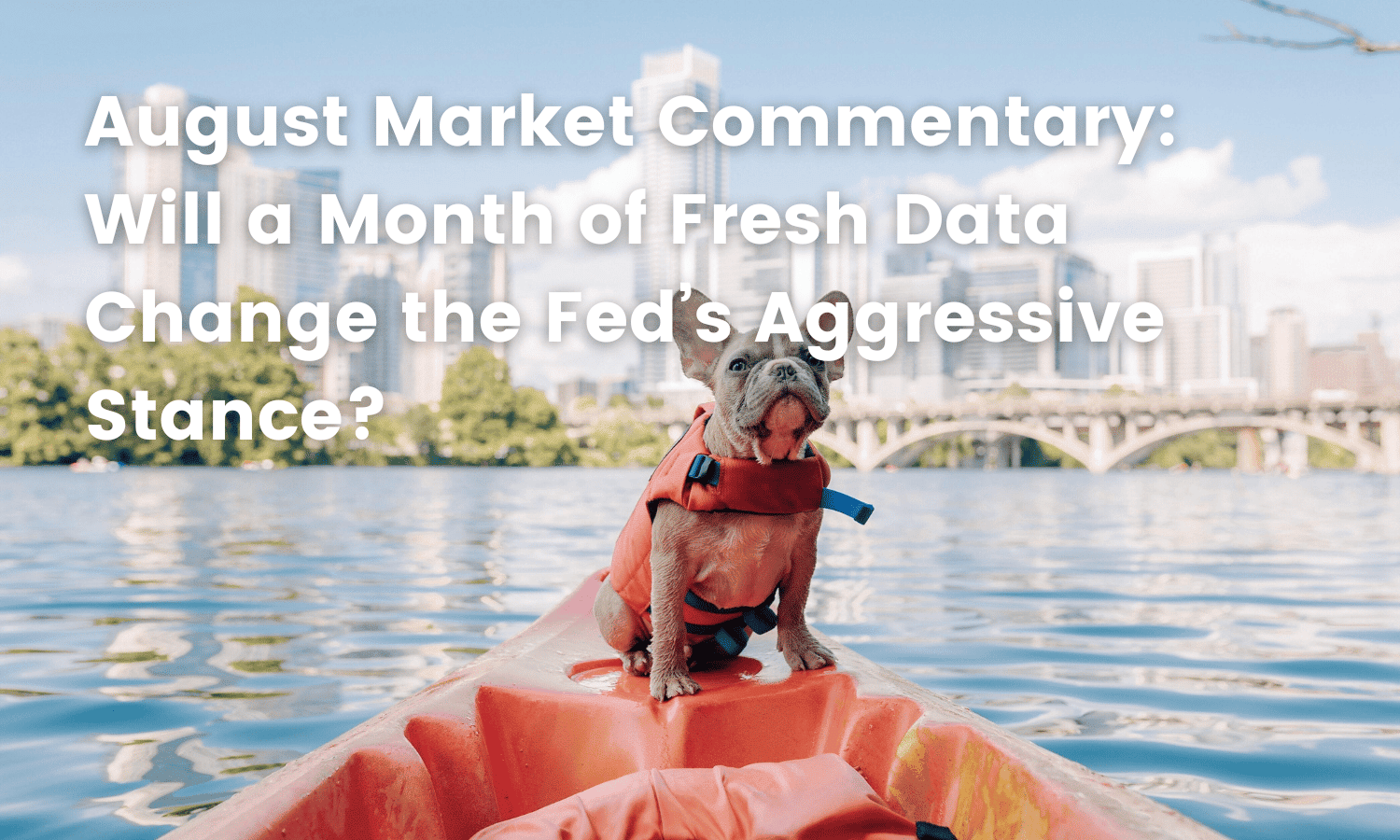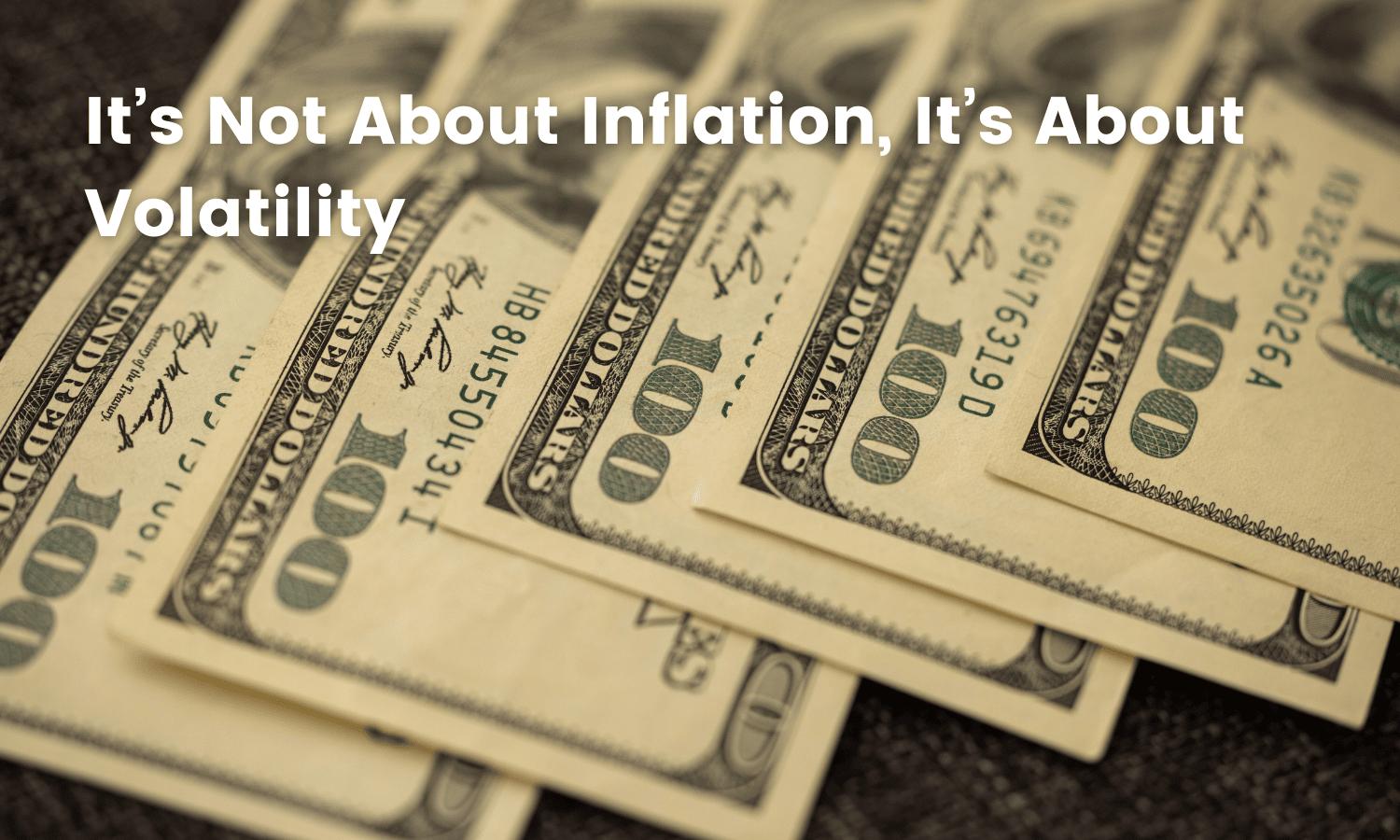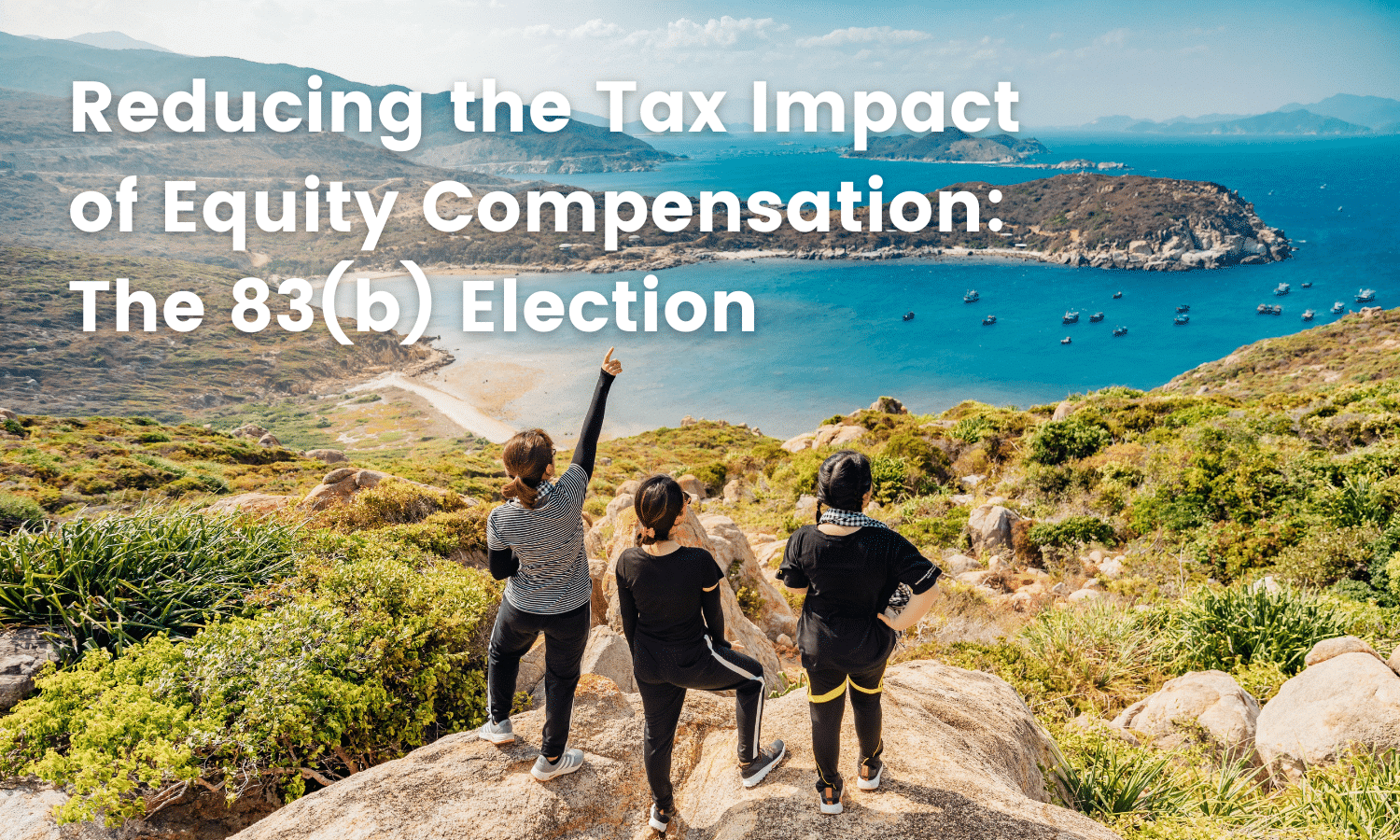Trade Notice: BlackRock Tax Aware Model 1/11/2023
Key Takeaways:
-
Recalibrating portfolios for a potential environment that is past peak inflation, peak U.S. dollar, and peak long maturity interest rates
-
Unwinding inflation-oriented hedges across the board, selling commodities, energy stocks, and Treasury Inflation Protected Securities (“TIPS”)
-
Moving 1% overweight stocks, with a tactical regional preference for international Developed Market and Emerging Market stocks
-
Moving duration to overweight from underweight, and increasing exposure to credit spreads via buying Municipal bonds and Emerging Market bonds
Trade Rationale:
- The expected path of inflation has improved and it’s our belief that the Fed could potentially end rate hikes while real economic growth is still positive in the US. These crucial developments are what we were waiting for as we methodically de-risked the portfolios last year. Now that we believe we have improved clarity (while market participants still exhibit historically excessive bearish sentiment), we begin targeted efforts to gently shift risk across both stocks and bonds.
- The confidence to make these moves stems from our belief that inflation has peaked and will likely decelerate at a sufficient pace over the coming months to convince the Fed to pause (but for all practical purposes ‘end’, in our view) its rate hiking campaign. If this proves correct, it means the Fed’s overtly hawkish rhetoric, and adverse influence on markets, may have also peaked. Softening U.S. inflation and less Fed-hawkishness may also mean a peak in the strength of the US dollar – which could make overseas assets particularly attractive on a tactical basis.
- Risks of slowing growth or an outright contraction are still substantial, but we don’t think the ‘R’ word is necessarily a foregone conclusion, in contrast to the consensus expectation of professional economists. If the highly anticipated recession refuses to materialize, we see potential upside, and in a mild recession scenario, we think the potential for a substantial further decline in prices for more risky assets may be limited given the sell-off of 2022. US corporations and consumers continue to hold high cash balances and moderate debt burdens (conditions that do not historically precede severe downturns), meaning recession avoidance may not be as improbable as many believe.
- The asymmetric risk of these bull/bear outcomes, along with our expectations of a less market-antagonistic Fed that adjusts its pace of policy in the face of cooling inflation, give us conviction that equities could potentially deliver high single-digit returns in 2023. With respect to bonds, after a challenging year in 2022, we believe going forward that fixed income assets may once again play their traditional role as a portfolio diversifier and volatility dampener.























